immunology
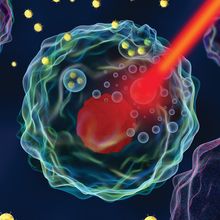
How Flow Cytometry Spurred Cell Biology
Shelby Bradford, PhD | Jun 14, 2024 | 10+ min read
The ability to rapidly count and measure features of cells opened the research flood gates.

A Safe-Haven for Intestinal Viruses
Aparna Nathan, PhD | Jun 11, 2024 | 4 min read
A rare gut cell puzzles researchers by avoiding immune cells.

Building Broader B Cell Diversity for Better Monoclonal Antibody Discovery
The Scientist Staff | 1 min read
In this webinar, Vincent Pai will discuss how the latest automated single B cell functional screening technology helps researchers meet the demands for new monoclonal antibody candidates.
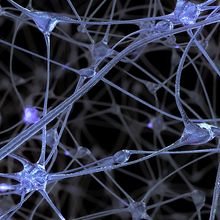
An Immune Mechanism Maintains Memory
Shelby Bradford, PhD | Jun 10, 2024 | 4 min read
A receptor that recognizes DNA fragments formed during learning is necessary for proper memory formation.
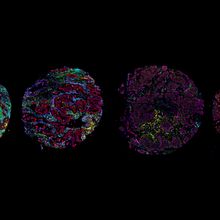
A Bird’s Eye View of the Tumor Microenvironment
Kamal Nahas, PhD | Jun 3, 2024 | 3 min read
Immune cells form different communities throughout a tumor, potentially disrupting how cancers respond to treatments.
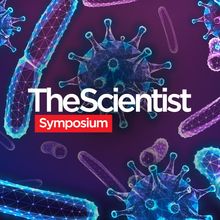
New Strategies in the Battle Against Infectious Diseases
The Scientist Staff | 2 min read
Learn how the latest research into viral and bacterial pathogens advances the prevention and treatment of infectious diseases.

Shifting Parturition Perspectives in Perinatology Research
Deanna MacNeil, PhD | Jun 3, 2024 | 1 min read
Nardhy Gómez-López investigates the placental immunology of preterm birth.
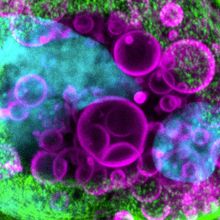
Synthetic Systems for Studying Natural Cells
Danielle Gerhard, PhD | Jun 3, 2024 | 2 min read
Oskar Staufer engineers synthetic systems to explore cancer biology.

Beyond Cytotoxicity: The Importance of T Cell Memory
The Scientist | 1 min read
In this webinar, Grégoire Lauvau and Marcus Buggert will discuss the function and role of memory T cells in health and disease.

Snaking Towards Synthetic Antivenoms
Danielle Gerhard, PhD | May 31, 2024 | 6 min read
After more than a century of producing animal-based antivenoms, scientists turned to synthetic systems to develop safer and more effective snake bite treatments.
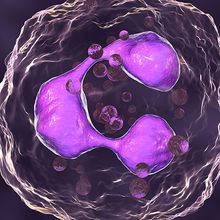
The Nucleus’ Secret to Shapeshifting
Kamal Nahas, PhD | May 31, 2024 | 4 min read
Neutrophils contort their nuclei into various shapes by moderating one key regulatory protein previously shown to orchestrate DNA organization.
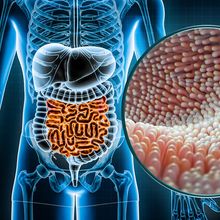
Exploring Preclinical Models for Inflammatory Bowel Disease
The Scientist and Altis Biosystems | 4 min read
Learn how epithelial monolayer models help researchers discover effective therapies and biomarkers for inflammatory bowel diseases.

Mutations Wire Salmonella to Last
Mariella Bodemeier Loayza Careaga, PhD | May 28, 2024 | 4 min read
Genetic changes attenuated Salmonella’s virulence, potentially enabling the bacteria to cause chronic infections in humans.
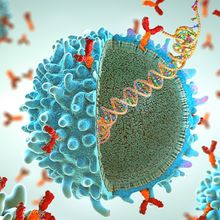
Keeping CAR T Cells Sharp
Aparna Nathan, PhD | May 21, 2024 | 4 min read
The FOXO1 transcription factor boosts T cells’ memory and reduces dysfunction.
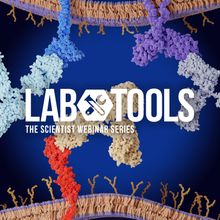
Accelerating Antibody Discovery for Difficult Targets
The Scientist | 1 min read
François Romagné will discuss how RNA immunization and single cell screening enhance antibody generation for poorly immunogenic proteins.

How Exercise Sparks, then Soothes, Inflammation
Rachael Moeller Gorman | May 15, 2024 | 4 min read
Regulatory T cells in muscles surge after exercise, quelling inflammation, protecting mitochondria, and enhancing performance.
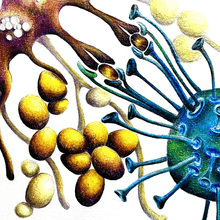
Tackling a Pathogen That Leaves a Lasting Impression
Charlene Lancaster, PhD | May 6, 2024 | 5 min read
Staphylococcus aureus vaccine efficacy depends on the immune imprints from past exposures to the microbe.

Good Vibrations: Advancing Cell Therapies
The Scientist | 1 min read
In this webinar, Chris Ashdown will discuss how low-intensity vibration affects T cells and how this mechanical stimulation could improve CAR T cell therapy.
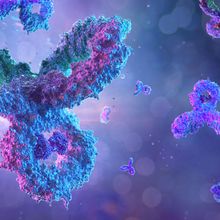
Problems and Solutions for Rapid Antibody Production
The Scientist Staff | May 1, 2024 | 2 min read
Antibody production requires myriad steps with distinctive challenges, but there are solutions for speeding up this process.
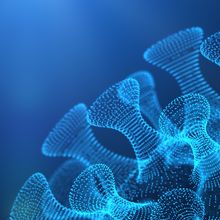
Staying Ahead of Influenza
The Scientist Staff | May 1, 2024 | 2 min read
Researchers access a wide range of tools and reagents to keep pace with seasonal influenza.